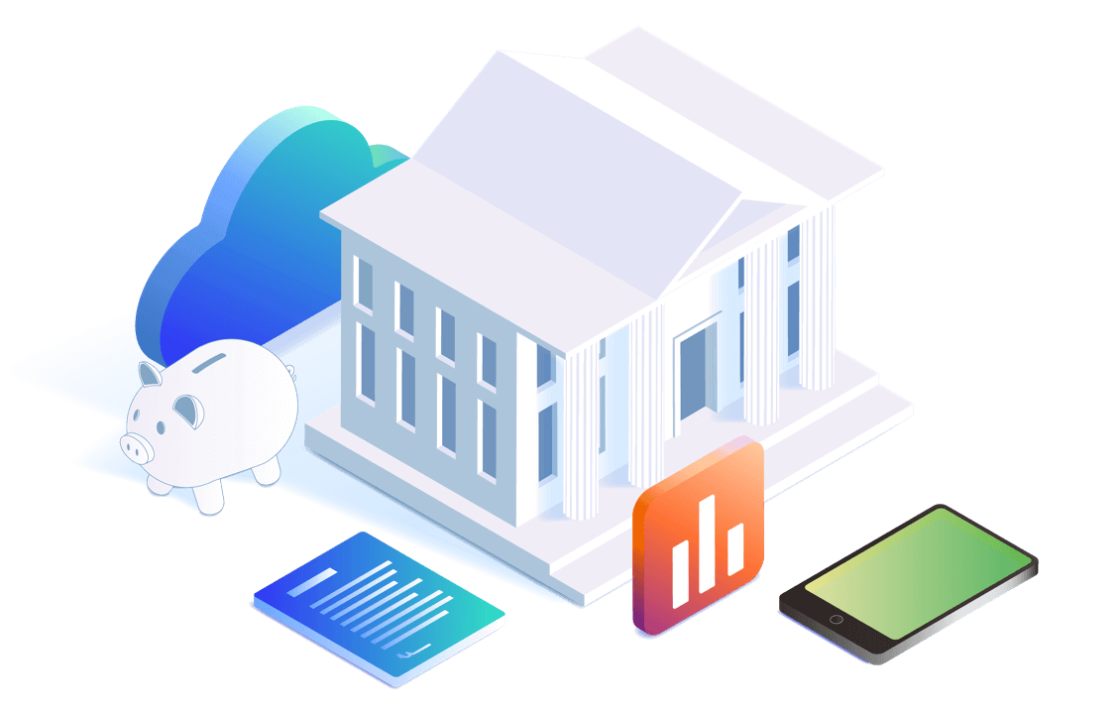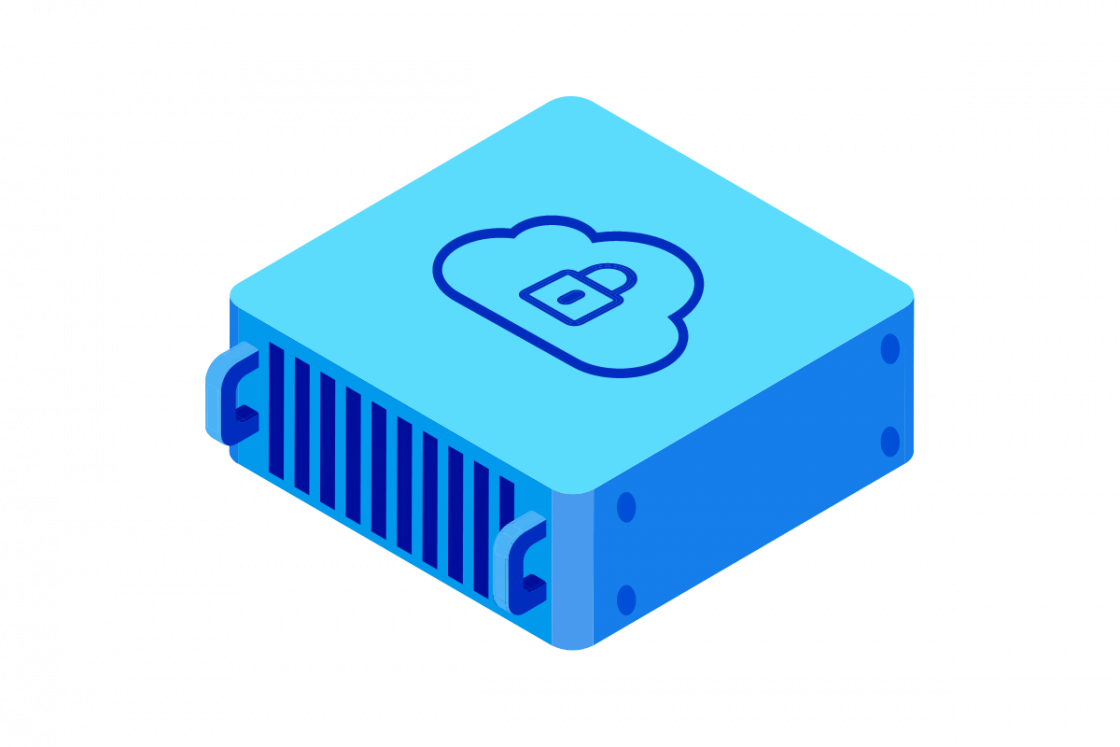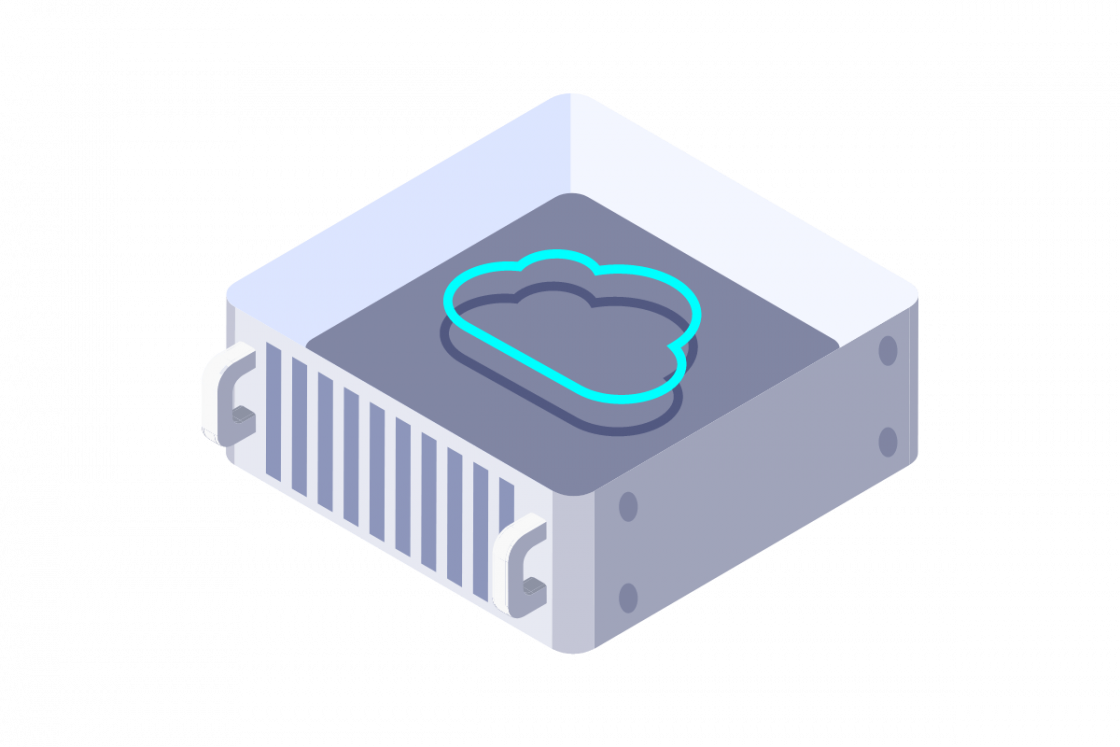What is Data Virtualization?
In today's data-driven world, organisations are constantly seeking ways to harness information from diverse sources without the headaches of traditional management methods. Data virtualization emerges as a powerful solution, acting as a bridge between raw data and actionable insights.
It's not just another buzzword; it's a transformative virtual infrastructure approach that allows businesses to access and integrate data in real time, regardless of where it resides or how it's stored. This article dives deep into the concept, exploring its mechanics, advantages, comparisons, applications, challenges, and its role in modern cloud environments.

What is Data Virtualization?
Data virtualization is essentially a data management technique that creates a unified, virtual view of data from multiple sources without physically moving or copying it.
Imagine it as a sophisticated abstraction layer that sits between your applications and the underlying data repositories. This layer makes disparate data sources appear as one cohesive database, accessible through standard queries.
At its core, data virtualization decouples the data consumption process from the storage details. For instance, if your company has data scattered across on-premises servers, cloud databases, and even external APIs, virtualization tools can federate this information on the fly.
This means users—whether analysts, developers, or decision-makers—can query data as if it were all in one place, without worrying about formats like SQL, NoSQL, or even unstructured files.
An Evolving Concept
The concept isn't entirely new; it evolved from earlier ideas in database federation and enterprise information integration. However, with the explosion of big data and cloud computing, it has gained prominence.
Organisations use it to avoid the pitfalls of data silos, where information is trapped in isolated systems, leading to inefficiencies and missed opportunities. By providing a logical data layer, virtualization ensures that data remains in its original location, reducing storage costs and compliance risks associated with duplication.
In practical terms, data virtualization supports agile data governance. It allows for the implementation of security policies, data masking, and access controls at the virtual level, ensuring sensitive information is protected without altering the source.
This is particularly valuable in regulated industries like finance and healthcare, where data privacy is paramount. Overall, it's about democratizing data access, making it faster and more flexible for everyone involved.
How Does Data Virtualization Work?
To understand how data virtualization operates, let's break it down step by step. The process begins with a virtualization platform that acts as an intermediary. This platform connects to various data sources, which could include relational databases like Oracle or MySQL, big data systems like Hadoop, cloud storage such as Amazon S3, or even web services and APIs.
The key component is the virtual data layer, often powered by metadata repositories. When a user or application submits a query—say, via SQL or a BI tool—the virtualization engine parses it and determines the optimal way to retrieve the required data. It doesn't copy the data; instead, it translates the query into the native languages of the underlying sources and executes them in parallel where possible.
Query optimisation is a critical feature here. Advanced algorithms analyse the query, assess data source capabilities, and decide whether to push computations down to the sources (like filtering or aggregating) to minimise data movement. This reduces latency and network load. For example, if you're joining data from a local SQL server and a remote cloud database, the engine might perform partial joins at each source before combining results virtually.
Caching mechanisms further enhance performance. Frequently accessed data can be temporarily stored in memory, speeding up subsequent queries. Security is woven in through authentication, encryption, and role-based access, ensuring only authorised users see the data.
In essence, data virtualization works by creating views—virtual tables or schemas—that map to real data. These views can be customised for different users, providing personalised data experiences. The technology relies on standards like ODBC, JDBC, or REST APIs for connectivity, making it versatile across ecosystems.
Benefits of Data Virtualization
The advantages of data virtualization are numerous and impactful, driving its adoption across industries, not dissimilar to how the advantages of virtual machines (VMs) led to wide adoption. One of the primary benefits is agility. Traditional data integration often involves lengthy ETL (Extract, Transform, Load) processes that can take weeks or months. Virtualization, on the other hand, enables real-time data access, allowing businesses to respond quickly to market changes or customer needs.
- Costs: Cost savings are another major draw. By eliminating the need for physical data replication, organisations reduce storage expenses and avoid the overhead of maintaining duplicate datasets. This also minimises data movement, cutting down on bandwidth costs, especially in cloud environments where data transfer fees can add up.
- Data quality: Improved data quality and governance come built-in. Since data stays at the source, virtualization enforces consistent policies across all access points, reducing errors from outdated copies. It also supports data lineage tracking, helping teams understand data origins and transformations for better compliance.
- Simplified analytics: From a user perspective, it simplifies analytics. Business users can explore data without IT bottlenecks, fostering a self-service culture. Scalability is enhanced too; as data volumes grow, the virtual layer can handle increased loads without overhauling infrastructure.
Finally, it promotes innovation by enabling hybrid data environments. Companies can integrate legacy systems with modern cloud services seamlessly, extending the life of existing investments while embracing new technologies.
Data Virtualization vs Traditional Data Integration
When comparing data virtualization to traditional data integration methods, the differences are stark. Traditional approaches, like data warehousing or ETL pipelines, involve physically moving data into a centralised repository. This creates a single source of truth but at the cost of time, resources, and potential data staleness.
In contrast, data virtualization leaves data in place, providing a virtual unification. This means no more waiting for batch jobs to run overnight; queries are resolved in real time. Traditional methods often lead to data duplication, increasing storage needs and risks of inconsistency. Virtualization avoids this by accessing live data, ensuring freshness.
Performance-wise, traditional integration can be rigid, requiring schema changes or reloads for new sources. Virtualization is more flexible, allowing on-the-fly integration of new data without disruption. However, traditional methods might offer better performance for very large, static datasets since everything is pre-consolidated.
Cost structures differ too. Traditional setups have high upfront costs for hardware and software, while virtualization leverages existing infrastructure, making it more economical for dynamic environments. Security in traditional systems is managed at the warehouse level, but virtualization applies it universally across sources.
Ultimately, the choice depends on needs: traditional for heavy, predictable workloads; virtualization for agility and real-time insights.
Common Use Cases of Data Virtualization
Data virtualization shines in several scenarios. In business intelligence and analytics, it enables unified views for dashboards, allowing analysts to blend operational and historical data without complex integrations.
Another key use case is data migration to the cloud. Organizations can virtualize on-premises data, making it accessible during transitions without downtime. It's also ideal for customer 360 views, aggregating data from CRM, ERP, and social media for personalised experiences.
In regulatory compliance, virtualization helps with reporting by providing audited, virtual datasets that meet standards like GDPR or HIPAA. For big data projects, it federates structured and unstructured sources, supporting AI and machine learning initiatives.
Mergers and acquisitions benefit too, as it quickly integrates disparate systems post-deal. Overall, it's versatile for any situation requiring fast, integrated data access.
Challenges and Considerations
Despite its benefits, data virtualization isn't without hurdles. Performance can be a challenge; querying multiple remote sources may introduce latency, especially with large datasets or poor network conditions. Organisations must invest in optimisation tools to mitigate this.
Security is another consideration. While virtualization offers centralised controls, ensuring all sources are secure requires vigilant management to prevent breaches. Data governance can be complex, as virtual layers must handle diverse metadata and quality issues.
Implementation costs, though lower than traditional methods, include licensing for tools and training for staff. There's also a learning curve in designing effective virtual schemas.
Scalability demands robust infrastructure; without it, the system could bottleneck under heavy use. Finally, vendor lock-in is a risk if relying on proprietary platforms.
Addressing these involves careful planning, starting with pilot projects and monitoring performance metrics.
How Data Virtualization Supports Cloud Strategies
Data virtualization is a linchpin for modern cloud strategies, enabling seamless data access across distributed environments. In cloud-native setups, it abstracts data from underlying storage, supporting multi-cloud deployments where data might span many vendors.
It facilitates hybrid strategies by bridging on-premises and cloud resources, allowing gradual migrations without disrupting operations. Real-time synchronisation ensures data consistency, crucial for applications like disaster recovery or global operations.
Virtualization enhances cloud elasticity, scaling data access with compute resources. It also supports cost optimisation by minimising data egress fees through intelligent query routing. There also benefits for data protection and cybersecurity.
In edge computing, it extends cloud benefits to remote locations, virtualizing data from IoT devices for centralised analysis.
Data Virtualization Tools and Technologies
Several tools dominate the data virtualization landscape. Denodo offers a comprehensive platform with advanced query optimisation and caching. TIBCO Data Virtualization focuses on real-time integration for enterprises.
IBM's InfoSphere provides robust federation capabilities, integrating with its broader data ecosystem. Red Hat JBoss Data Virtualization is open-source friendly, appealing to cost-conscious users.
Emerging technologies include AI-driven optimisation and integration with containerization like Kubernetes for cloud-native deployments. These tools evolve to handle increasing data complexity.
Future Trends in Data Virtualization
As data landscapes continue to evolve, data virtualization is poised for significant advancements, driven by emerging technologies and shifting business needs.
One key trend is the integration of artificial intelligence and machine learning into virtualization platforms. AI can automate query optimisation, predict data access patterns, and even suggest virtual schemas based on usage analytics.
This not only boosts performance but also enables predictive analytics, where the system anticipates user needs and pre-fetches data, reducing latency in real-time applications like fraud detection or personalised recommendations.
Another exciting development is the rise of edge computing and its synergy with data virtualization. With the proliferation of IoT devices generating massive data volumes at the network's edge, virtualization tools are adapting to federate this distributed data without centralising it entirely.
This supports low-latency processing for industries like autonomous vehicles or smart cities, where decisions must be made instantaneously. Imagine virtualizing sensor data from thousands of devices, allowing centralized AI models to analyse it while keeping storage decentralised.
Blockchain integration is also gaining traction, enhancing data security and traceability in virtual environments. By embedding blockchain for immutable ledgers, organisations can ensure data integrity across sources, which is crucial for supply chain management or financial transactions. This trend addresses growing concerns around data tampering and provenance, making virtualization more trustworthy.
OVHcloud and Data Virtualization
At OVHcloud, we understand that every business has unique infrastructure requirements, including for data virtualization. That's why we offer a diverse portfolio of reliable cloud options, including hybrid cloud, all meticulously designed to cater to a wide spectrum of operational needs, budget considerations, and long-term strategic objectives:

Public Cloud
OVHcloud offers a comprehensive suite of cloud computing services designed to meet diverse public cloud needs, budgets, and long-term business goals. Our robust network and device security solutions, including Anti-DDoS infrastructure, DNSSEC, SSL Gateway, and Identity and Access Management (IAM) tools, are designed to protect your data and ensure compliance.

Bare Metal
We provide a range of bare metal dedicated servers engineered to meet diverse professional needs. These servers grant you full access to hardware resources—including RAM, storage, and computing power—without the overhead of a VMWare virtualization layer, ensuring optimal raw performance.

Hosted Private Cloud
A robust and flexible private cloud environment for your cloud projects. Benefit from on-demand resources, allowing you to quickly deploy additional power and extend or migrate your infrastructure to handle peak workloads.